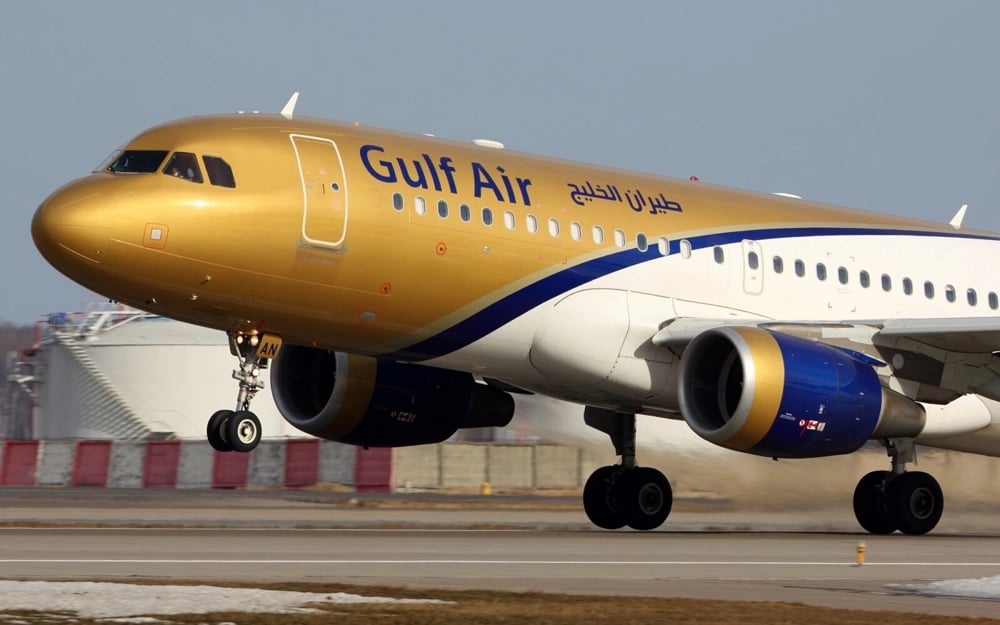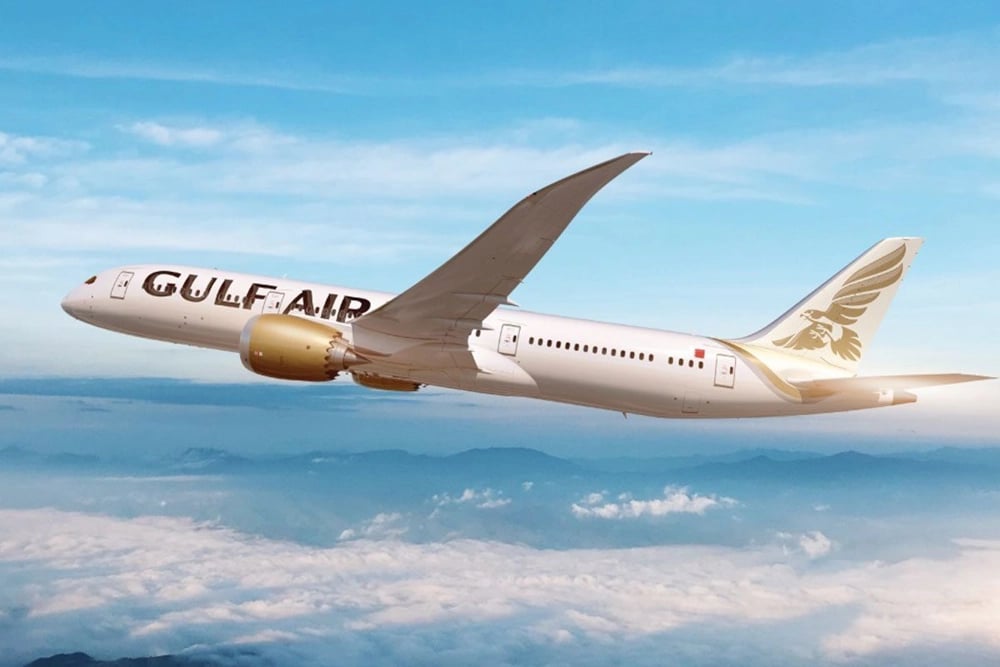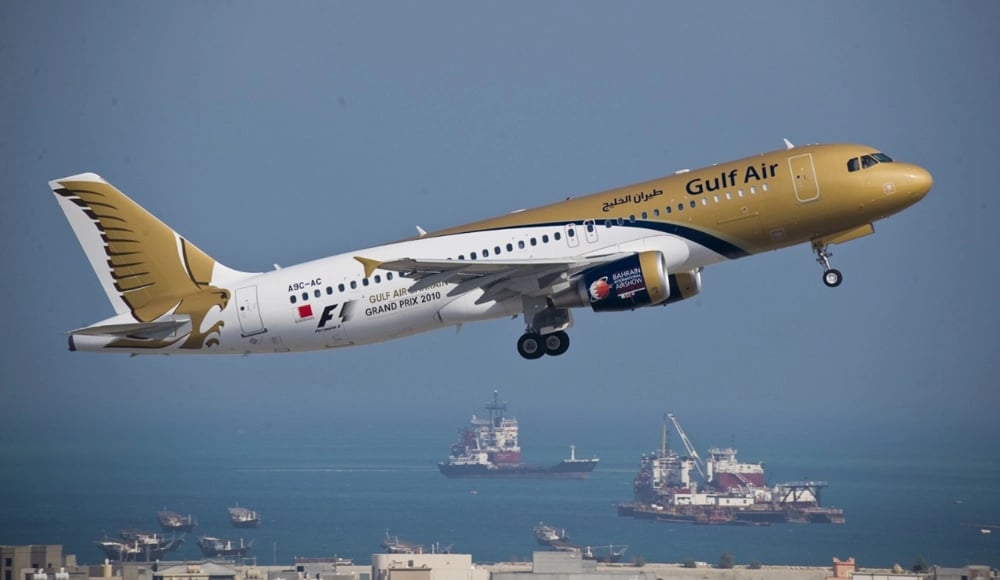Gulf Air Resumes Nairobi Route After 13-Year Absence
On June 2, 2025, Gulf Air, Bahrain’s national airline, reinstated direct service to Nairobi’s Jomo Kenyatta International Airport (NBO), marking its return to Kenya after a 13-year hiatus. The decision reflects more than restored connectivity — it signals a calculated entry into the increasingly contested East African aviation market. The route, now served five times weekly by Airbus A320neo aircraft, links Manama to Nairobi using a modern fleet aimed at maximizing fuel efficiency and passenger comfort. The move aligns with Bahrain’s broader logistics and tourism strategy under Vision 2030, reinforcing Gulf Air’s bid for regional relevance.
Nairobi’s Role as a Regional Aviation Hub
Nairobi is consolidating its position as East Africa’s aviation nerve center. With expanding infrastructure and strategic location, the city has become a target for global carriers seeking long-term footholds in Sub-Saharan Africa. According to aviation analyst John Kamau, Gulf Air’s return capitalizes on this trajectory. Rather than simply restoring past operations, the airline is entering a more competitive and commercially viable market. Increased regional air traffic and growing demand for Gulf–Africa connections provide an opening for carriers with efficient operations and adaptive route strategies.

Competitive Dynamics Among Global Airlines
Gulf Air joins a crowded landscape, where established players have already entrenched themselves:
Emirates, Qatar Airways, and Turkish Airlines $THYAO.IS continue to expand East African services.
Kenya Airways maintains its network through partnerships and regional routes.
Rising demand from business, diplomatic, and diaspora sectors adds commercial depth.
This intensifying competition could influence pricing, schedules, and service differentiation — particularly in high-yield segments.
Market Impact and Bilateral Potential
The reintroduction of Gulf Air’s Nairobi route has broader implications:
Trade: Enhanced cargo options streamline logistics between Bahrain and East Africa.
Investment: Improved business travel supports bilateral commercial flows.
Tourism: Kenya’s positioning as a gateway to East Africa could attract more Gulf travelers.
The route also reinforces Nairobi’s importance as a bridge between Gulf states and emerging African economies. For Bahrain, it widens access to fast-growing consumer markets and resource corridors.

Aircraft Choice and Operational Efficiency
Using the Airbus A320neo, Gulf Air prioritizes cost control and performance on medium-haul routes. The aircraft’s reduced fuel burn and improved range support sustainable operations in competitive markets. Its deployment signals Gulf Air’s intent to compete on both cost and passenger experience without relying on long-haul capacity.
Strategic Considerations
Nairobi’s expanding airport infrastructure boosts its regional profile.
Gulf carriers view Africa as a growth vector amid slowing traffic elsewhere.
Kenya’s aviation sector benefits from diversification and increased connectivity.
These conditions create a favorable environment for Gulf Air’s return — not just as a reinstated route but as a long-term market play.















Comments
Gulf Air's strategic return to Nairobi is igniting fresh optimism for East Africa's aviation future.
Gulf Air’s return to Nairobi is a bold reentry that could reshape East Africa's aviation landscape.